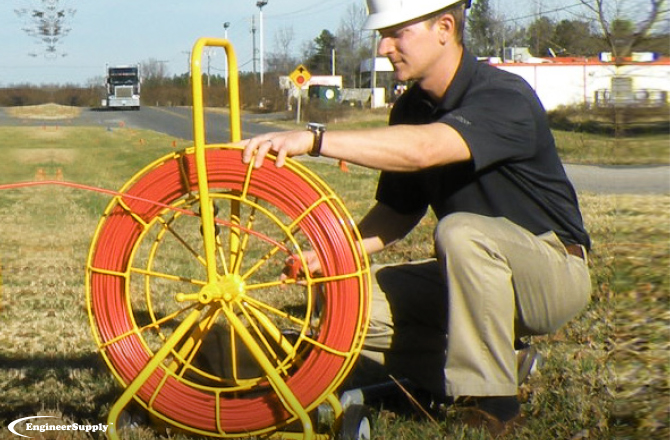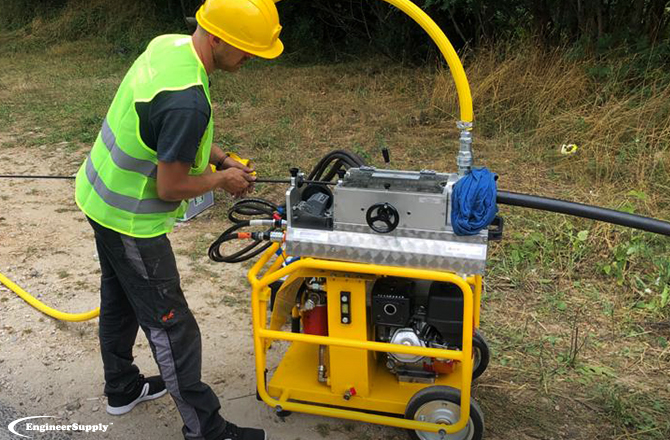
AN ESTABLISHED MANUFACTURER OF UTILITY TOOLS
If you’re looking for a fiber blowing machine or some other tool that’s built for utility professionals, Jameson, LLC is a proven manufacturer with over fifty decades of history. Jameson tools are made in Clover, South Carolina. So, they’re proud to call themselves American made. They make a variety of specialty tools for people in the utility industries, including lighting and duct rodding products. And at Engineer Supply, we’re proud to carry their tools in our store. Feel free to look at what we have in stock, so you can find a tool that will meet your specific needs.
A VARIETY OF TOOLS TO MEET A VARIETY OF NEEDS
Whether you’re looking for a fiber blowing machine or some other tool for utility installation, Jameson is a brand you can trust. All Jameson tools are built with the utmost in quality and durability, which is why Engineer Supply is proud to carry their products in our store. The name attached to Jameson, LLC has a 50-year reputation, because the company is committed manufacturing tools that are built for the working professional. Feel free to look at the variety of tools we have from this proven brand.
